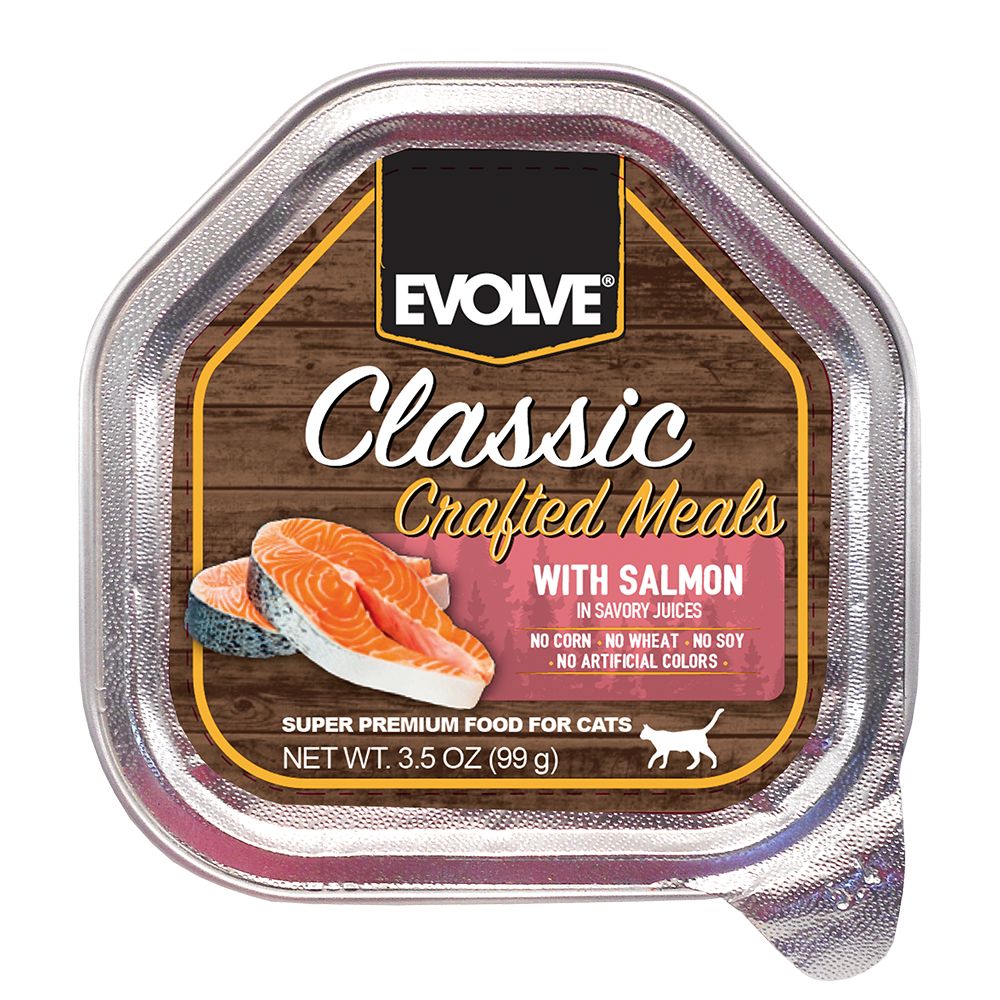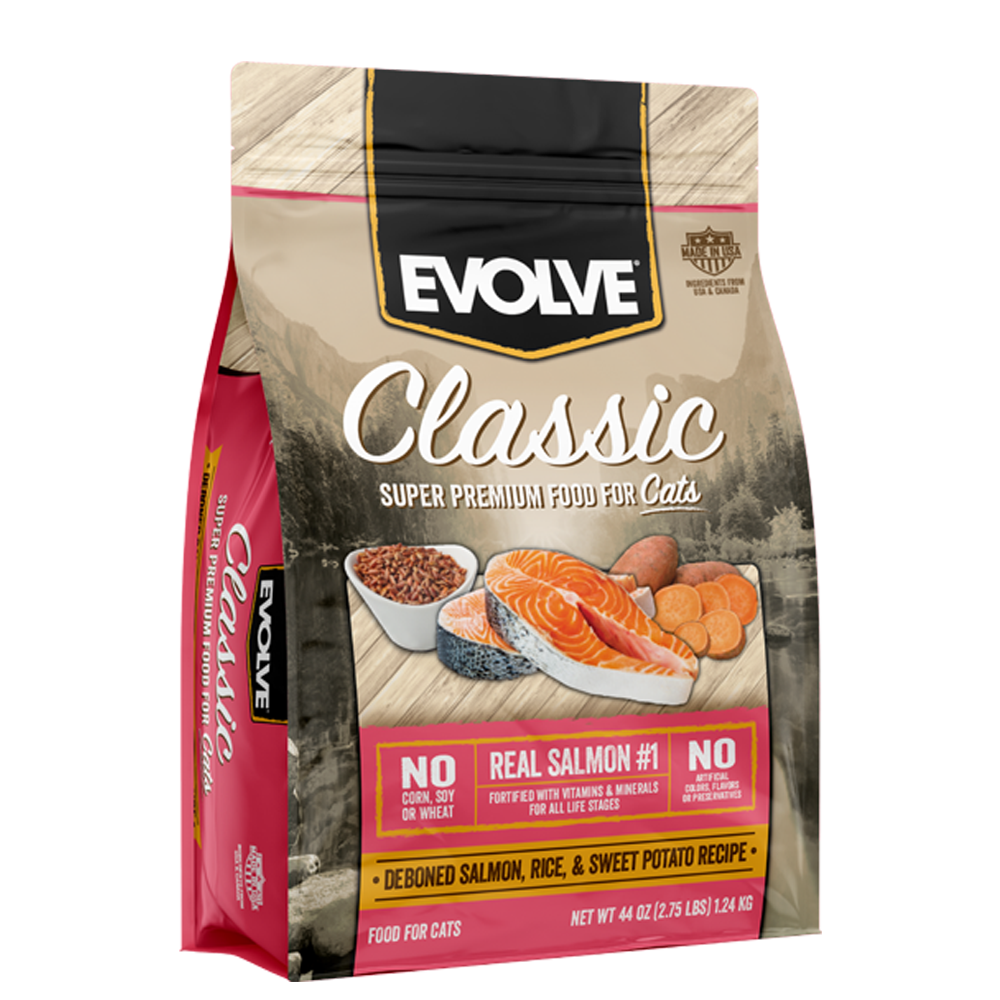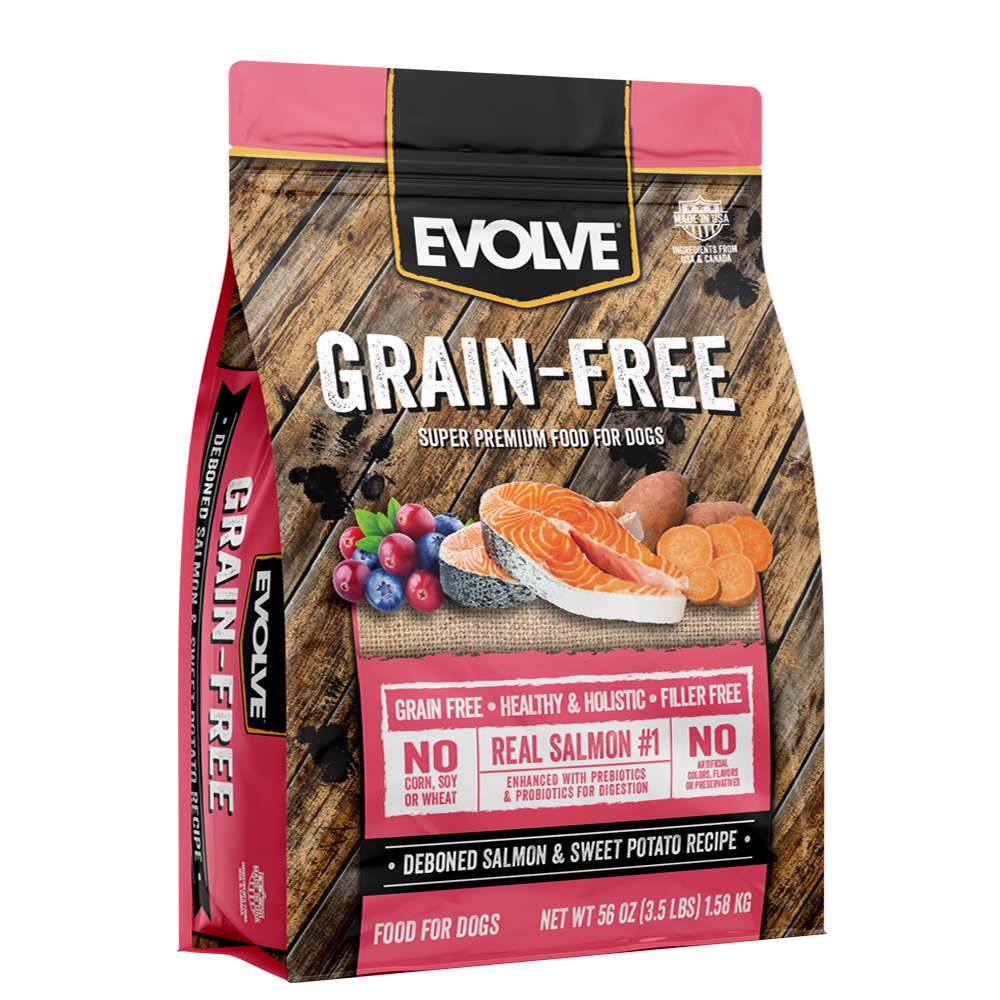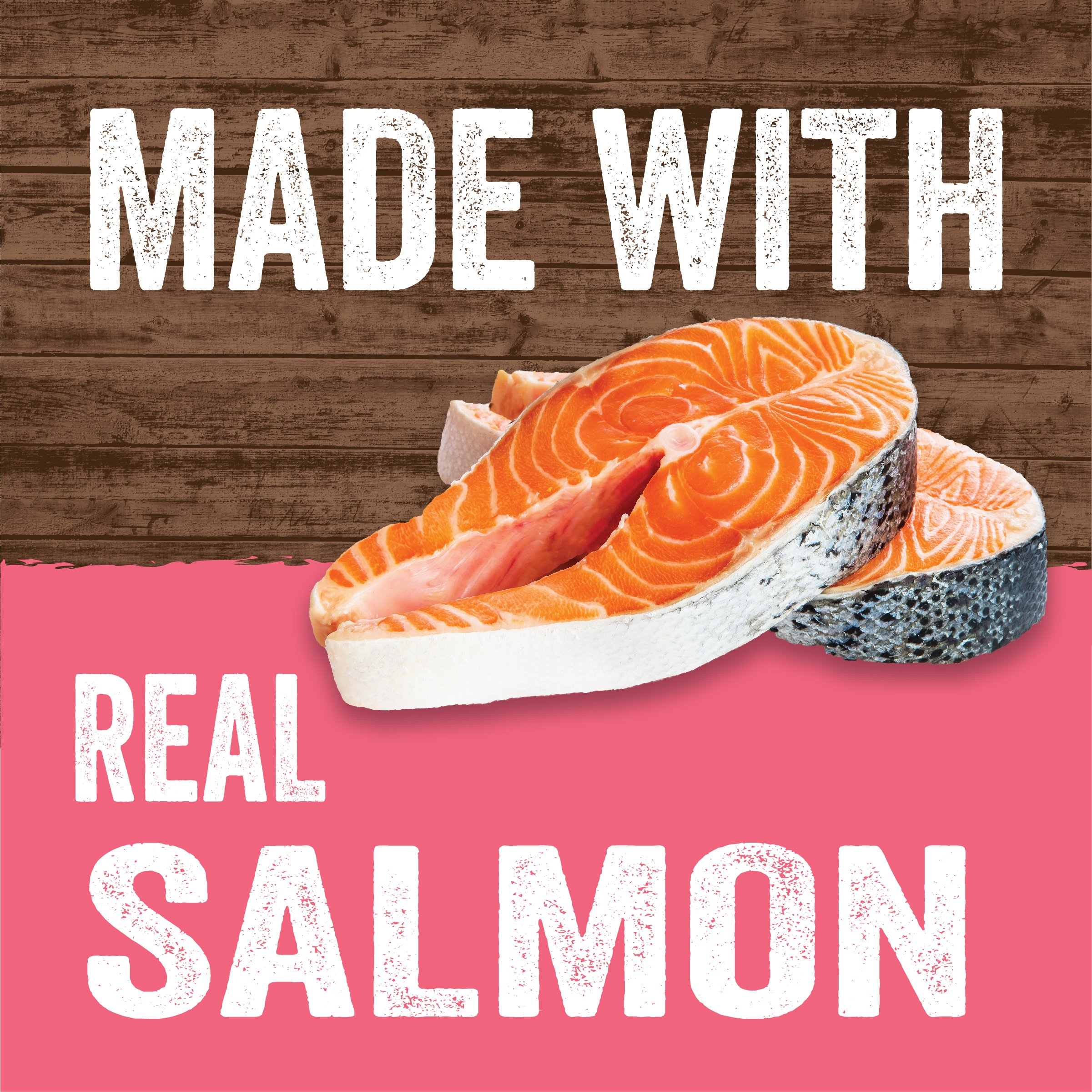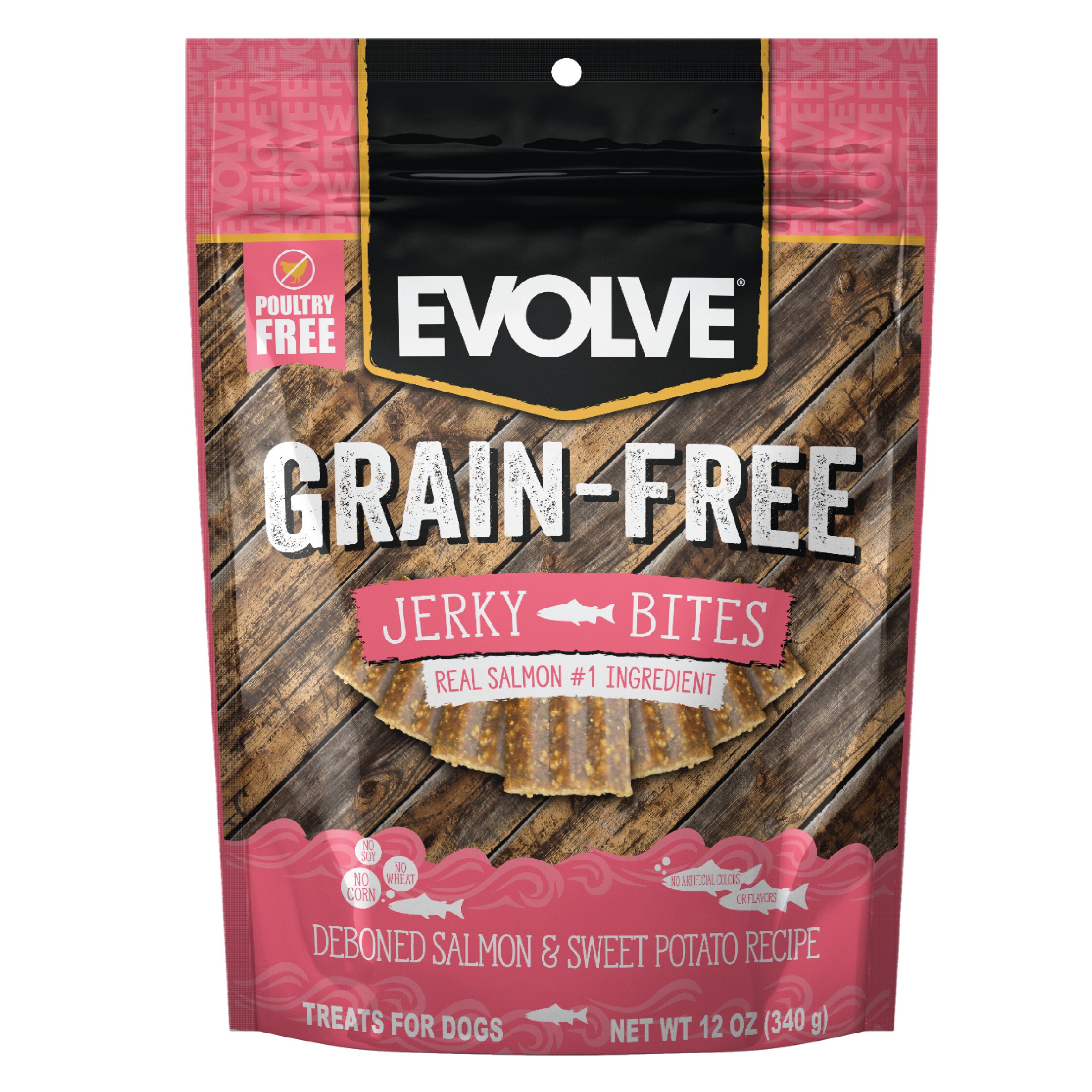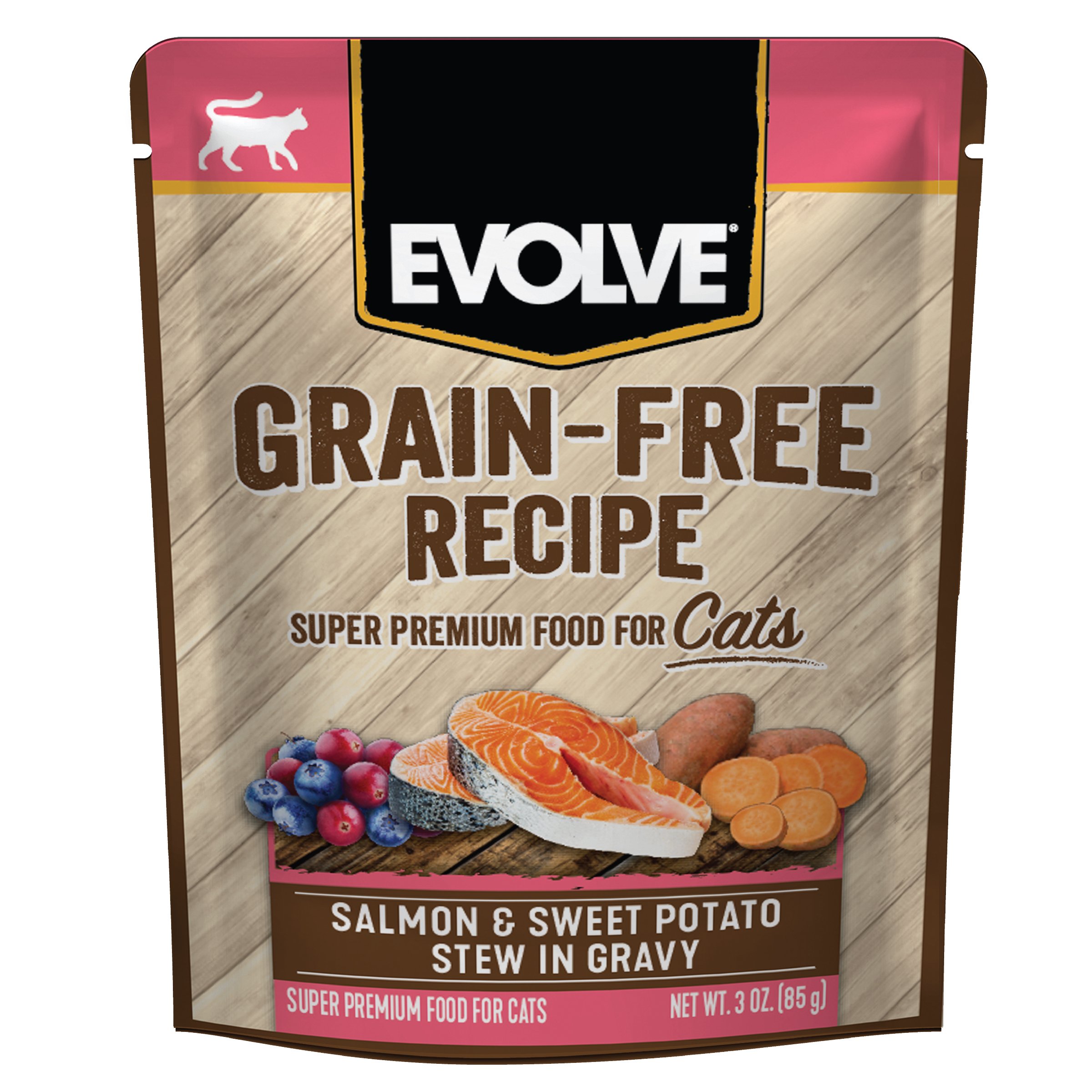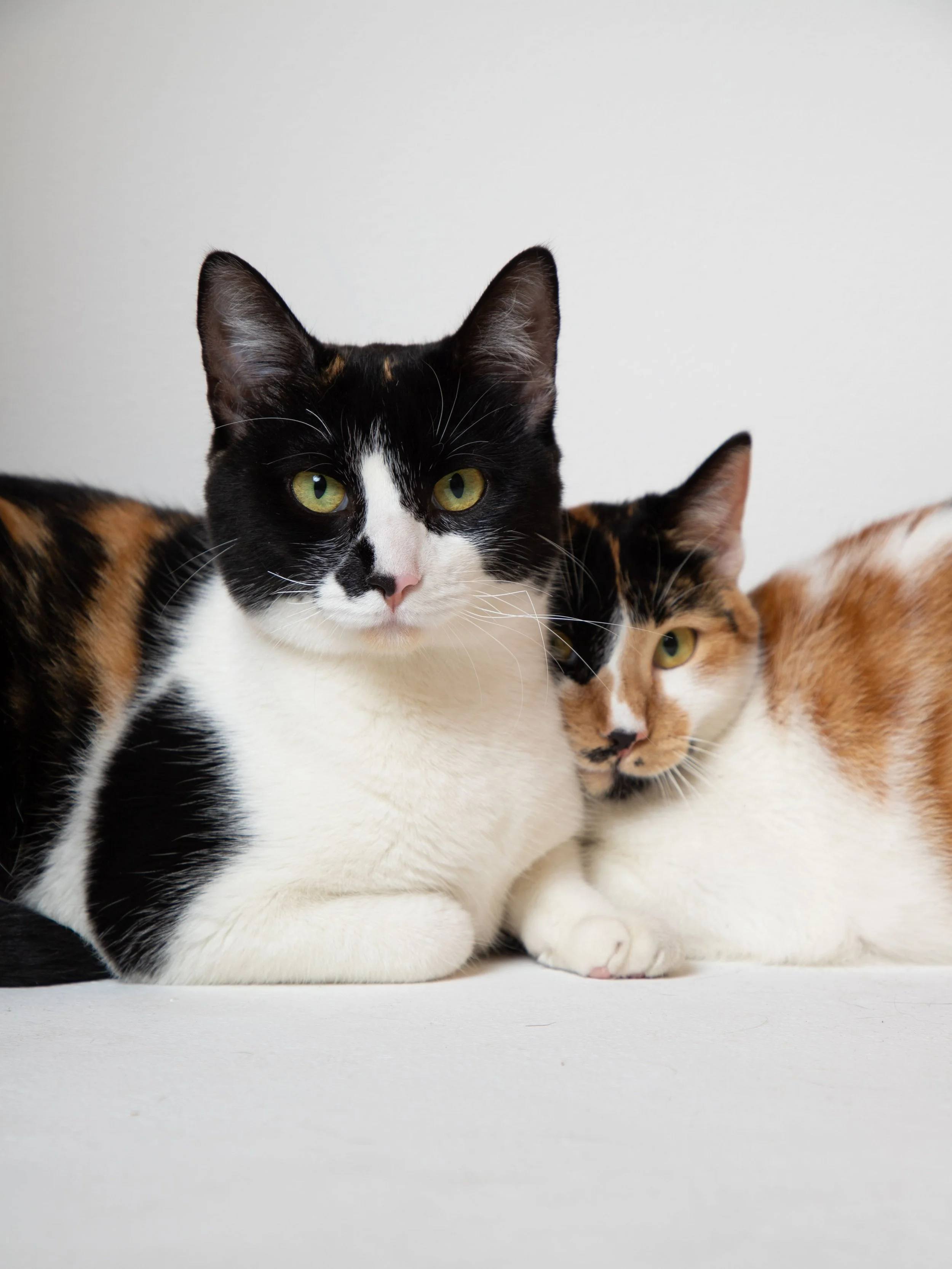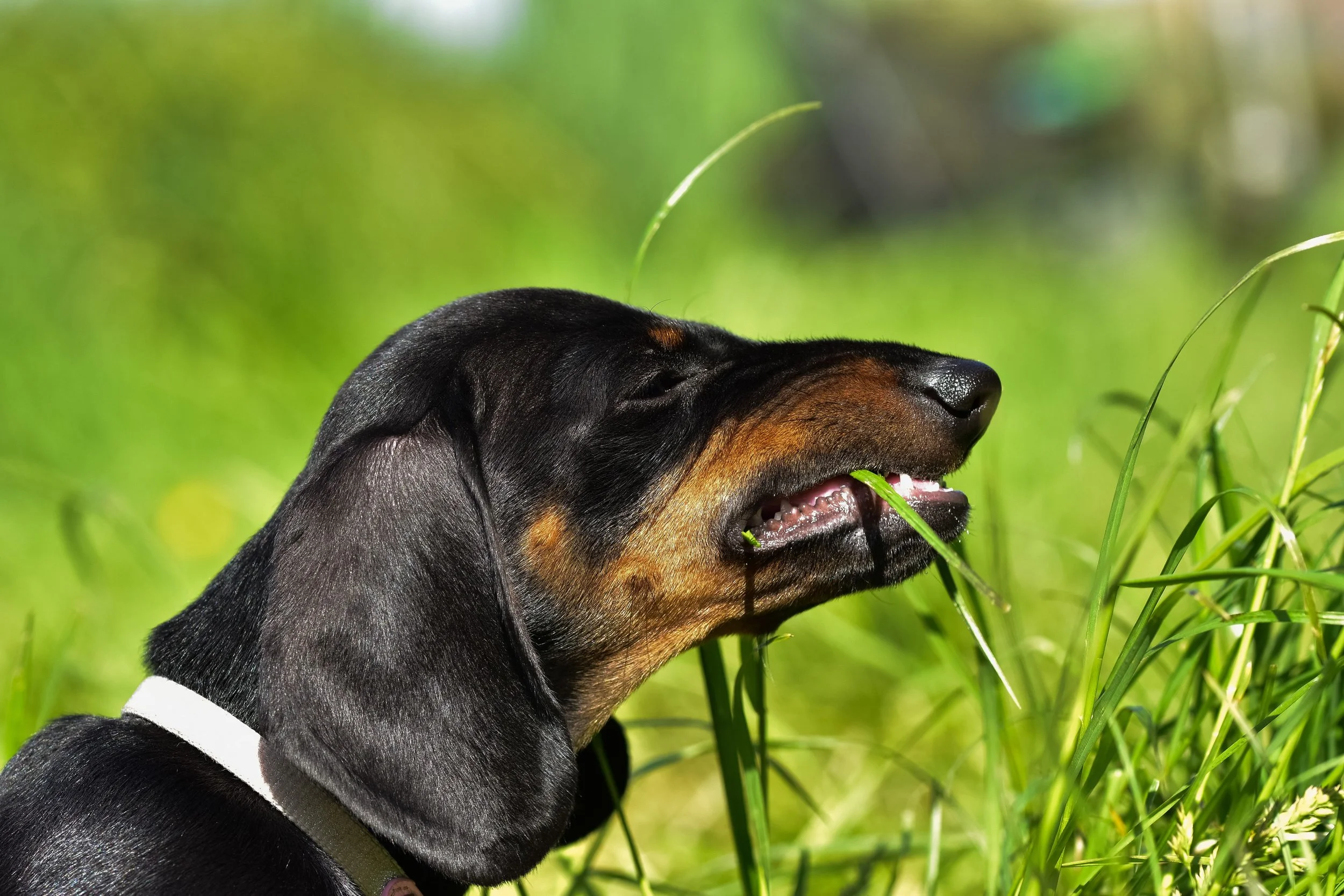Winter Coat: Pet Winter Grooming Tips
Winter has arrived, and with it comes the need for extra care and attention to keep our furry friends comfortable and healthy. Just as we bundle up in warm coats and scarves, our pets also require special grooming routines during the chilly months. Read on for some tips on good grooming habits for your pets in the winter.
Proper Undercoat Care
Underneath your pet's outer layer of fur lies the undercoat, a dense layer that plays a crucial role in insulation during the winter. It traps warm air close to the skin and provides extra warmth. For breeds with a thick undercoat, like Huskies, Malamutes, and Shepherds, it's essential to groom them correctly to maintain this insulating layer.
Brush Regularly: Regular brushing helps remove loose fur and prevents matting, which can trap cold air and moisture. A slicker brush or a furminator is excellent for removing dead undercoat hair.
Bathe Sparingly: While it's important to keep your pet clean, avoid over-bathing in the winter. Frequent baths can strip natural oils from their skin and fur, leading to dryness. If your pet gets dirty, opt for a dry shampoo or a wipe-down instead.
Cat and Dog Coats: Different Needs
Cats and dogs have unique coat types that require different grooming approaches:
Dogs: Many dog breeds have a double coat, consisting of a dense undercoat and a protective topcoat. Breeds like Golden Retrievers and German Shepherds have these double coats, making them more suited to cold weather. Grooming involves brushing, but it's crucial to be gentle to avoid damaging the topcoat.
Cats: Cats come in various coat types, including short-haired and long-haired breeds. While many cats are equipped to handle the cold, it's still essential to brush long-haired cats regularly to prevent matting and hairballs, which can be more common in the winter.
Impact of Weather Changes
The cold weather can affect your pet's coat, leading to changes in texture and color. The winter coat may be denser, and its color might become richer to absorb more heat from the sun. Be mindful of the following:
Moisture Control: Snow and rain can lead to damp fur, which is not only uncomfortable but can also lead to matting. To help prevent this, always dry your pet off after they've been in wet conditions.
Paw Care: Don't forget to care for your pet's paws. Snow and ice can accumulate between their toes, causing discomfort and potential injury. Trim the fur between their paw pads to reduce the risk of ice buildup.
Combatting Dry Indoor Air
During winter, our homes are often heated to keep us warm, but this dry indoor air can have adverse effects on your pet's skin and coat:
Hydration: Ensure your pet has access to fresh water at all times. Proper hydration is essential for maintaining healthy skin and fur.
Humidifiers: Consider using a humidifier in your home to combat dry air. This will help keep your pet's skin and coat moisturized and reduce the risk of itchiness and flakiness.
Balanced Diet: Proper nutrition is vital for your pet's coat health. Omega-3 and Omega-6 fatty acids can help maintain a shiny, healthy coat. Salmon is a great source of Omega-3. This winter is a great time to try our line of Salmon products listed below:
Maintaining a healthy winter coat for your pets involves a combination of proper undercoat care, understanding the unique needs of cat and dog coats, adapting to weather changes, and addressing the challenges posed by dry indoor air. By following these grooming habits, you can ensure that your furry friends stay warm, cozy, and healthy during the winter months. So, grab that brush and get started on grooming your pet to perfection!




